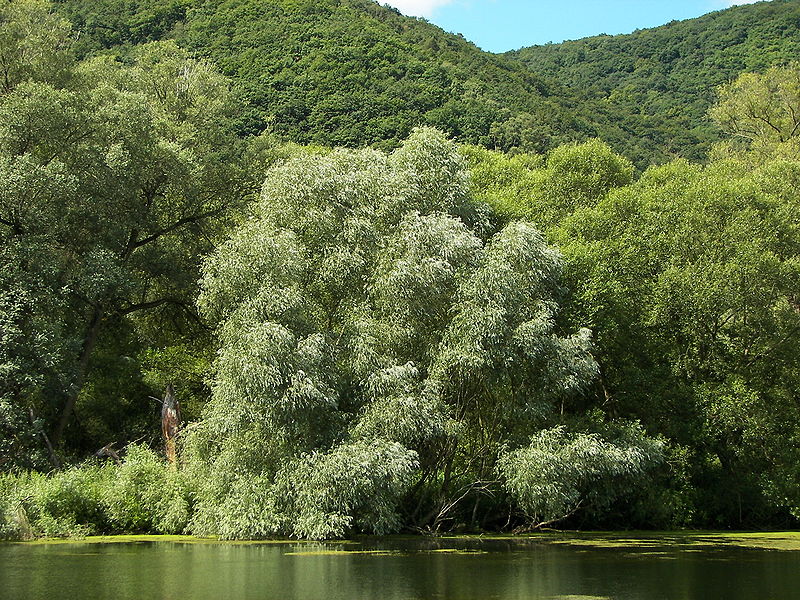Salix alba: How it has adapted to survive
Life is very challenging, and every organism adapts to environment to survive, so how does Salix alba do it?
One of the things that Salix alba has done further its genetic lineage is to increase the surface area of the leaves. Surface area to volume ratio is extremely important aspect in biology. Salix alba have simple leafs that are slender and oblong in shape. This does not give a lot of surface area, so to compensate for this lack of surface area the leaf has fine, silky "threads." These threads greatly increase the amount of surface area available to photosynthesize. This also gives the tree its characteristic white color that has been so admired.
The circled part shows the "threads" of the leaves
Another one of the fascinating adaptations of the Salix alba and willows in general is their ability to hybridize so readily. This means that two species combine together to form a new species. Salix alba has an estimated 300 sub-species all are hybrids from each other. One of the reasons this is true is because the hybrids tend to be much heartier than their parents. This ability to form new species causes the trees to adapt to external stimuli extremely fast. This helps ensure the survival of the trees.
Now that we know how Salix alba has adapted to survive in the long run, lets look how it survives in the short with nutrition.

